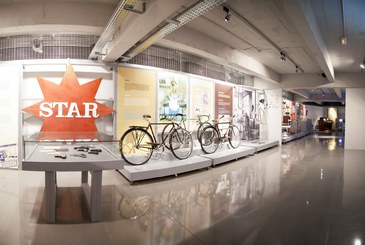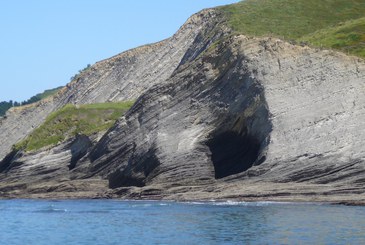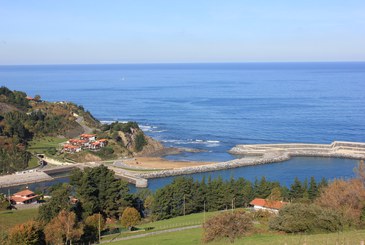
Patrimonio Religioso
The Church of Santa María of Deba
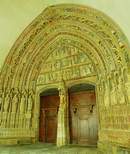
This monument was first built in the 14th century and is classified as a national heritage site. Initially it was designed in the gothic style but in the 16th century the structure was changed and it became an impressive column church, though the doorway, chapels and cloister remain from the original construction.
Sanctuary of Nuestra Señora of Itziar
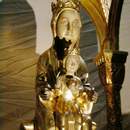
Medieval remains can be seen together with the expansion work that was carried out in the 18th century. It boasts a beautiful Plateresque altarpiece, the work of Andrés de Araoz. The Virgin, regarded as the Patron of sailors, is to be found in a niche.
Church of Nuestra Señora de la Asunción of Mutriku
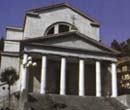
This is a neo-classical church, designed by the architect Silvestre Pérez. Building work began in 1803 awith the first stone being laid by the Mayor of Mutriku at that time, Cosme Damián Churruca y Elorza. The building was finished in 1843. The blocks of stone used for the exterior were quarried in Arno and other hills nearby. The doorway deserves special mention: its façade is made up of six Doric columns.
Church of San Andrés of Astigarribia

This monument from the high Middle Ages is mentioned in documents dating as far back as the 11th century and is situated on the Coastal Route to Santiago. Beside it stands the convent of Sasiola, which was in existence by the 16th century. Unfortunately it is now in a very poor state of repair.
Church of San Bartolomé of Elgoibar
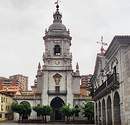
The construction of the new San Bartolomé parish church lasted some 25 years and was inaugurated in 1716. Its majestic barroque tower stands out. The main altar, of classical projection and barroque detail, is the work of Justiniani and Ugartemendia.
Parish Church of Nuestra Señora de la Asunción de Azpilgoeta of Mendaro
The old quarter of Azpilgoeta is home to the parish church of Nuestra Señora de la Asunción, references to which go back to the 15th century. In one of the walls an old-fashioned door with a semi-circular arch can be seen.
Parish Church of San Andrés of Eibar
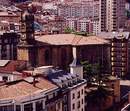
This 12th century church contains a romanic image of Saint Peter. One should also see the main altarpiece from the 16th century and an organ built in the 18th. It is built as a column church in the shape of the Latin cross and the interior is embellished with Corinthian and Doric capitals.
Church of Santa María la Real of Soraluze
The first documentary evidence related to this church appears in the 13th century. The altarpiece is neo-classical, designed by Ventura Rodriguez. Its portico must be singled out as a fantastic example of Basque popular art. Built in 1666, it combines renaissance and barroque motifs.
Church of la Asunción in Mallabia
The origins of this very old church go back to the 11th century. It consists of a single nave and a tower de estilo herreriano. The high altar is barroque with an excellent scupture of Nuestra Señora del Rosario. A dark-complexioned Virgin can be seen on the altarpiece.
Parish Church of Santiago of Ermua
Dating from the 16th century, the church was extended and rebuilt in 1602. Above a large Gothic arch, the belfry was replaced by a Churrigueresque tower in 1738. It has a rectangular nave and a ceiling of ribbed vaults. The Barroque organ, crowned with a figure of Santa Cecilia, dates from the 17th century.


